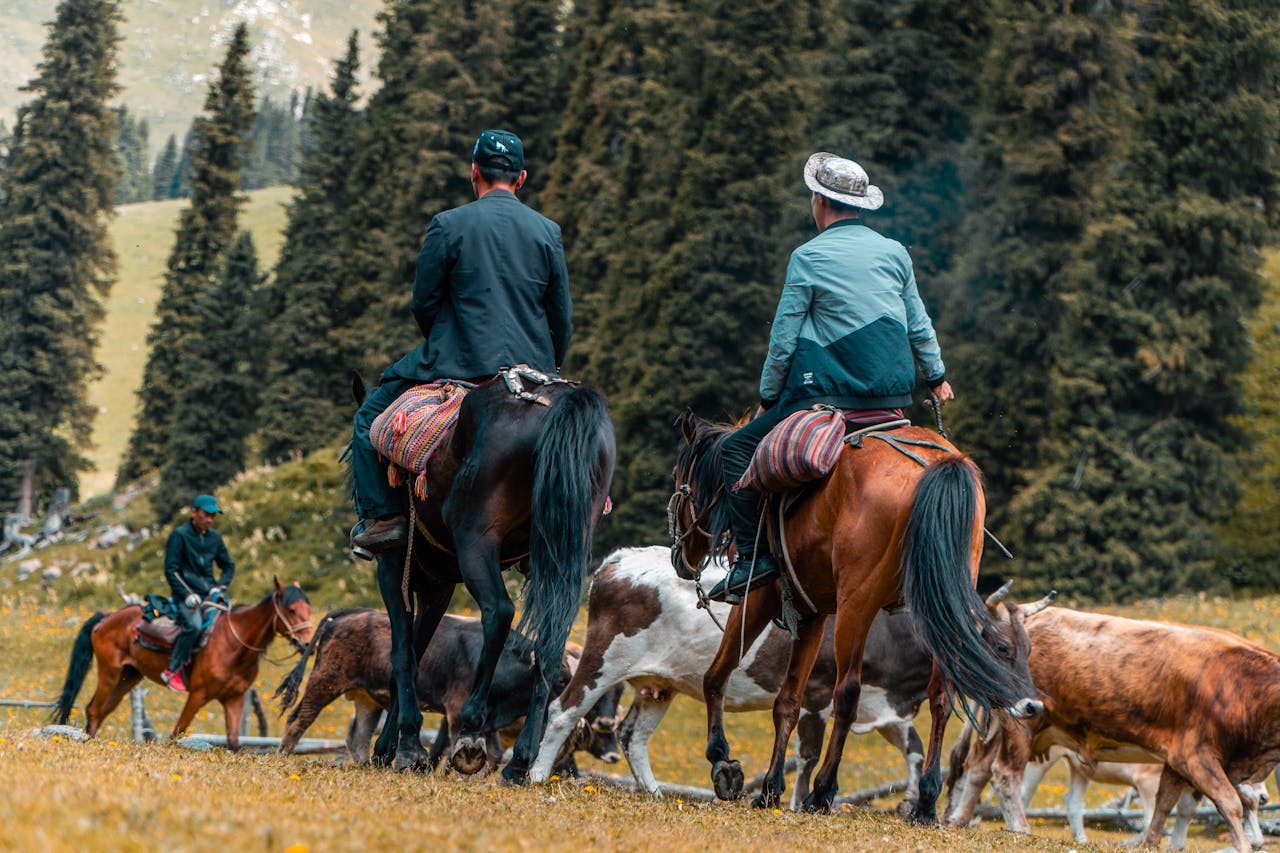Becoming a rancher involves learning about animal husbandry, land management, and the skills needed to run a ranch effectively. Here’s a step-by-step guide on how to get started:
Learn About Ranching
- Research: Understand the basics of ranching, including animal care (such as cattle, sheep, horses), crop management (for feed), and the business side of running a ranch.
- Skills Needed: Learn basic agricultural practices, animal health, fencing, livestock care, and land maintenance.
Get Education or Training
- Formal Education: You can attend agricultural schools or universities offering degrees in animal science, agricultural business, or similar fields. Some colleges offer ranch management programs.
- Work Experience: Many ranchers start by working on a farm or ranch to gain hands-on experience. It’s common to start as an apprentice or ranch hand.
- Certifications: Depending on your region, you may need certifications in animal husbandry, food safety, or other specialized fields.
Find Land
- Lease or Buy Land: You can start by leasing a ranch or buying your own land, depending on your financial resources. Consider the location, climate, and land quality.
- Size of Ranch: Consider how large of a ranch you want. You’ll need enough land for grazing, raising animals, and possibly growing crops.
Start Small
- Begin with a manageable number of animals or crops. As you gain experience and confidence, you can expand your operations.
- Common beginner animals include cattle, goats, sheep, and chickens. You may also start with farming and gradually move into ranching.
Learn About Livestock
- Animal Care: Ranching often involves raising cattle, sheep, or other livestock. Learn how to handle, feed, and care for them. Regular veterinary care and understanding animal health are critical.
- Breeding and Management: Learn how to manage breeding, nutrition, and genetics to improve the health and productivity of your herd or flock.
Manage Your Ranch Finances
- Budgeting and Planning: Ranching involves significant costs such as purchasing animals, equipment, and land. Learn how to manage cash flow, create budgets, and plan for the long term.
- Insurance: Ranchers need insurance for their land, animals, and equipment in case of emergencies, such as natural disasters or disease outbreaks.
Develop Marketing Strategies
- Selling Products: Whether you raise livestock for meat, milk, or wool, or you farm crops, you’ll need to understand how to market and sell your products.
- Networking: Develop relationships with local markets, suppliers, and other ranchers. Joining ranching associations can help you build a network.
Implement Sustainable Practices
- Consider sustainable farming practices to ensure the land remains productive for years to come. This includes managing water resources, practicing rotational grazing, and using soil conservation techniques.
Stay Informed and Adapt
- Keep Learning: The agricultural industry is constantly evolving. Stay informed about new technologies, farming practices, and regulations. You can attend industry events, subscribe to agricultural publications, and join local ranching organizations.
- Adapt to Challenges: Ranching can be unpredictable, with factors like weather, market prices, and animal health impacting your operations. Flexibility and problem-solving are key to success.
Work Hard and Be Patient
- Ranching is physically demanding and requires a strong work ethic. Success won’t happen overnight, so be prepared for a lot of hard work, patience, and perseverance.
By starting small and gradually gaining knowledge and experience, you can work your way up to becoming a successful rancher.
